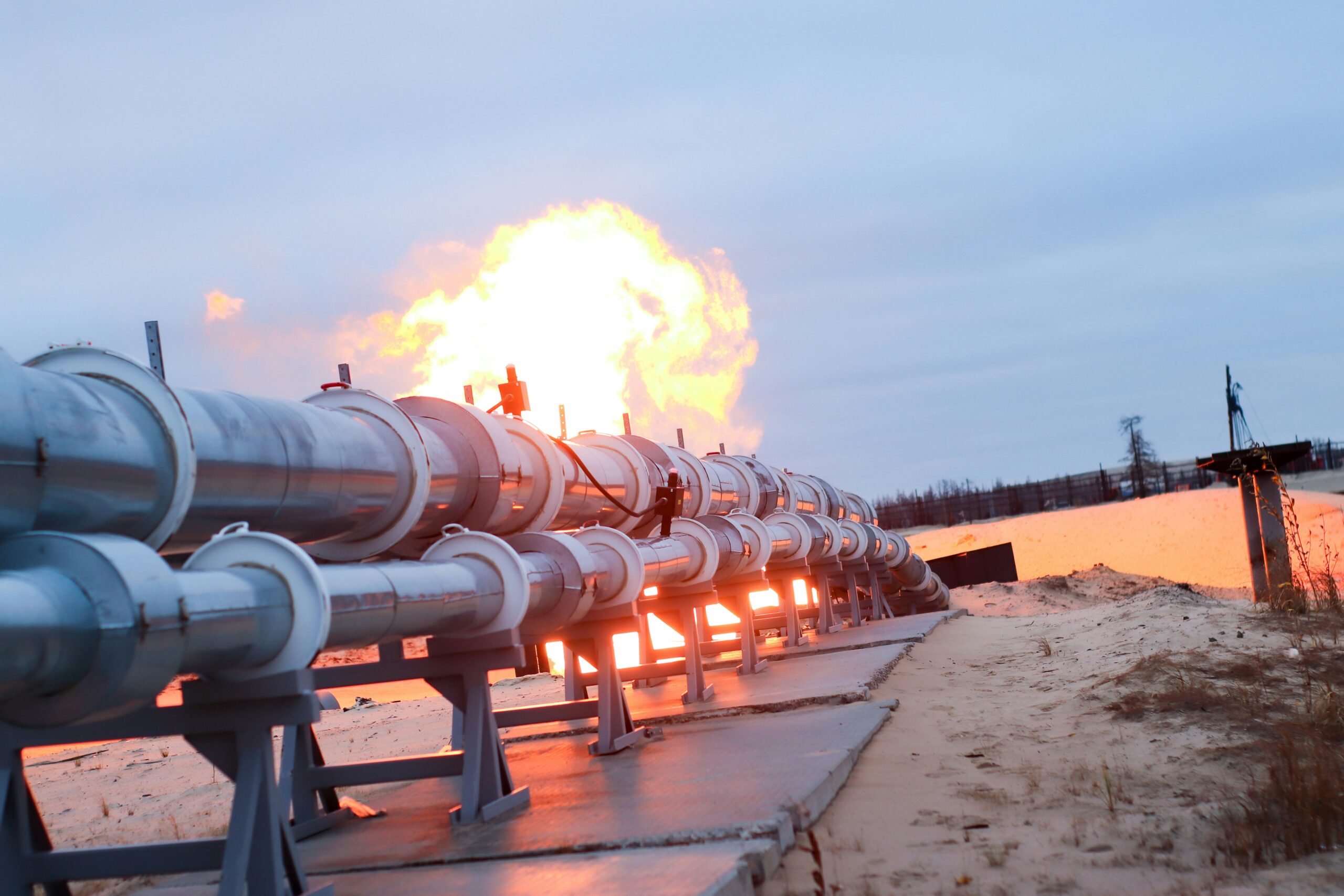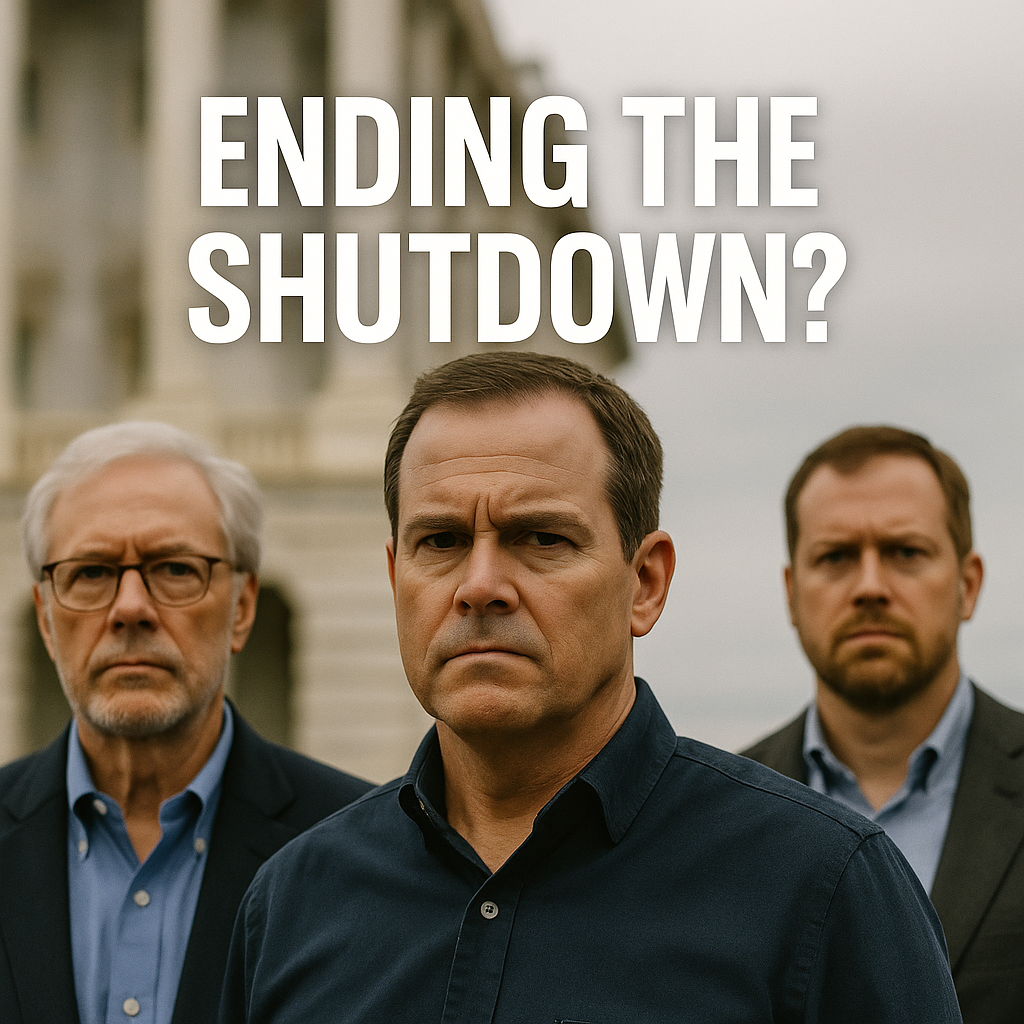
Russian Oil Price Cap Impacting Global Markets
The Russian oil price cap continues to influence global energy markets, aiming to reduce Russia’s revenue while maintaining stable oil supplies. This mechanism, enacted by a coalition of countries, seeks to limit the price at which Russian oil can be sold internationally. Its impact is being closely monitored by economists and policymakers worldwide.
Key Facts
- The price cap aims to reduce Russia’s oil revenues.
- It seeks to maintain stability in global energy markets.
- Several countries have joined the coalition imposing the cap.
- Monitoring of the cap’s effects is ongoing.
Background
The Russian oil price cap was introduced following international discussions about how to respond to the conflict in Ukraine and the subsequent disruption to global energy markets. The goal was to create a mechanism that would limit Russia’s ability to finance its activities through oil revenues, while also preventing a sharp increase in oil prices that could harm consumers and economies worldwide. The cap is enforced by prohibiting insurance, finance, and shipping services for Russian oil sold above the set price.
The implementation of the price cap involved negotiations among several countries, including members of the G7 and the European Union. These countries agreed on a specific price level and the enforcement mechanisms to ensure compliance. The decision was based on assessments of the potential impact on Russia’s economy and the global energy market.
Timeline / What We Know
- Initial Discussions: Discussions about a price cap began in early 2022 as a response to rising energy prices and concerns about Russia’s revenue from oil exports.
- Agreement on Price Level: By late 2022, a coalition of countries agreed on a specific price level for the cap, although the exact date of the agreement was not specified in the source.
- Implementation: The price cap was implemented shortly after the agreement, with enforcement mechanisms put in place to monitor and ensure compliance.
- Ongoing Monitoring: Since its implementation, the effects of the price cap have been continuously monitored by international organizations and government agencies.
Official Reactions
The source did not specify official reactions from governments or international organizations regarding the price cap.
What’s Next
The future of the Russian oil price cap involves several potential scenarios. One possibility is that the cap remains in place, with adjustments made to the price level based on market conditions and geopolitical developments. Another scenario is that the cap could be strengthened, with additional enforcement measures to ensure compliance. Alternatively, the cap could be modified or removed altogether, depending on changes in the global energy landscape and political relations.
The source did not specify the methodology used to assess the impact of the price cap. However, it is likely that economic models and market analysis are being used to evaluate the effects on Russia’s revenue, global oil prices, and overall energy market stability. The source also did not specify the frequency or scope of these assessments.
The general process for implementing a price cap involves several steps. First, a coalition of countries must agree on the need for a cap and the specific price level. Then, enforcement mechanisms must be put in place to prevent the sale of oil above the cap. Finally, ongoing monitoring and adjustments are necessary to ensure the cap’s effectiveness and minimize unintended consequences.

